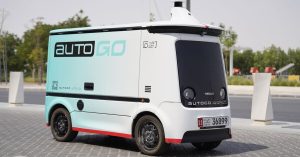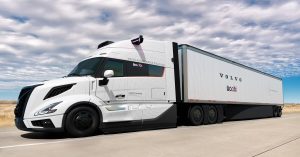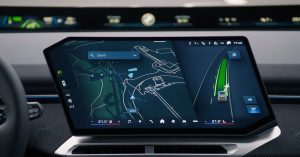Tier IV has been chosen to participate in a new initiative funded by Japan’s Ministry of Economy, Trade and Industry (METI), aimed at accelerating the integration of autonomous driving technologies throughout the public sector. The project represents a significant step in Japan’s nationwide effort to modernize mobility infrastructure and evaluate how autonomous systems can help address urgent social issues.
A key objective of the initiative is to investigate practical pathways for wider adoption of autonomous vehicles in government-operated services. By leveraging the technical foundations developed through this program, Tier IV intends to scale solutions that respond to some of Japan’s most pressing demographic and logistical challenges—particularly the country’s aging population and the growing shortage of professional drivers. These challenges have become especially acute in regions outside major metropolitan centers, where mobility demands continue to rise even as available human resources shrink.
As part of the project, Tier IV’s autonomous driving technology will be deployed in a pilot shuttle service operating around Japan’s National Diet complex in central Tokyo. The route, approximately 3.5 kilometers in length, links multiple government buildings in the surrounding district. This deployment serves as both a real-world demonstration and a technical testbed. Operating in one of Tokyo’s densest urban environments offers a valuable opportunity to confront the complexities associated with autonomous navigation in areas characterized by heavy traffic, frequent pedestrian activity, and intricate road layouts.
The shuttle service officially launched on November 20, 2025, utilizing the Suzuki Solio as the selected vehicle platform. The system is powered by Autoware, Tier IV’s open-source autonomous driving software, and is implemented using the company’s robotaxi reference design. Together, these components provide a flexible, scalable foundation for future deployments across a variety of vehicle types and operational contexts.
Beyond the technical demonstration, the project aims to establish standardized specifications and operational workflows for autonomous mobility services within government procurement processes. This includes defining best practices for safety management, operational monitoring, and maintenance procedures. By creating a consistent framework, METI and Tier IV hope to streamline future adoption of autonomous fleets, reducing barriers for national and local agencies interested in implementing similar systems.
Throughout the program, Tier IV will conduct extensive quantitative and qualitative evaluations. Real-world driving data—such as sensor performance, vehicle behavior, and traffic interaction patterns—will be analyzed to refine the operational design domain for autonomous vehicles in complex cityscapes. In parallel, user feedback from shuttle passengers and government stakeholders will provide insights into usability, public perception, and service quality. Together, these findings will support the development of guidelines tailored to the unique demands of public-sector autonomous mobility.
Ultimately, the knowledge and frameworks generated through this project are expected to play a crucial role in shaping Japan’s future approach to advanced transportation services. By demonstrating the viability of autonomous vehicles in a high-profile, high-density environment, Tier IV and METI aim to accelerate adoption across government agencies and set the stage for broader nationwide implementation.







